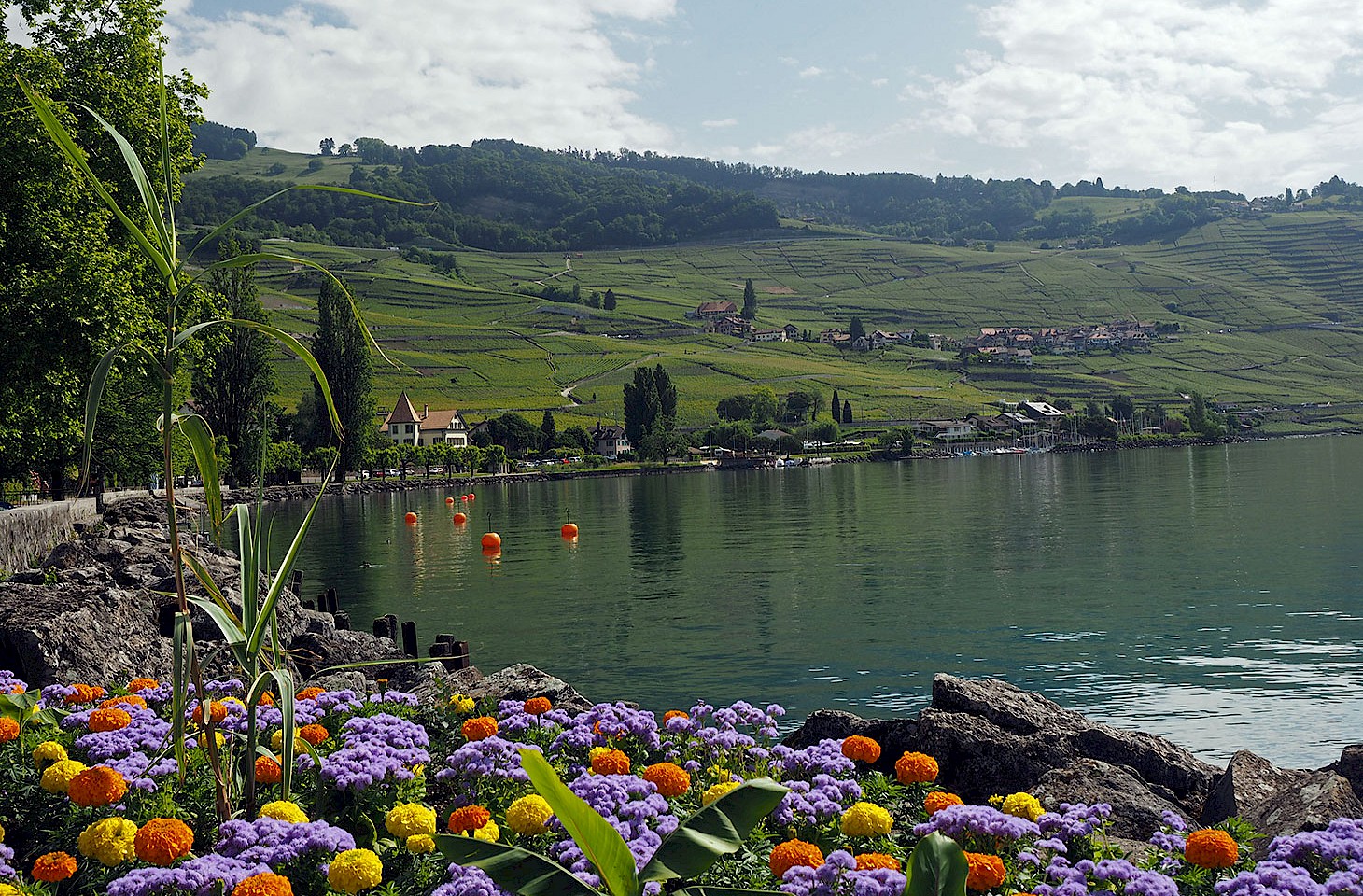Dear fellow travellers
Securing a coveted place on UNESCO's World Heritage List is just one of many ways in which countries stage their identity. The decision about what sites to propose for inclusion is deeply political, but also speaks volumes about how a country perceives itself and its achievements on a global stage.
Railways have long been a component of successful World Heritage applications. In 1986, Britain made its very first successful application to UNESCO and Ironbridge Gorge in Shropshire was inscribed on UNESCO's List. The site is a fine example of creative ingenuity in the Industrial Revolution, and railways are a key part of that story. But the intention of that listing was to do far more than showcase a primitive railway network - and much the same is true of the listing of the industrial landscapes of Blaenavon in Wales, which were added to the World Heritage List in 2000. Here too, railways are important, but not centrally so. What is perhaps surprising is that Britain has never proposed the various sites around the Liverpool and Manchester Railway. Opened in 1830, this was the world's first railway linking two cities. Is this not the Chartres of railway history, something which would be as deserving of recognition as Europe's great Gothic cathedrals or mediaeval townscapes?
In 1998, the Semmering Railway was the first railway to secure, in its own right, UNESCO recognition. It is a superb rail route. We travelled along it in July, taking an early-morning train out of Vienna, and enjoying breakfast in the Slovenian restaurant car as we climbed slowly into the Alps. The World Heritage citation commends the route as "one of the great feats of civil engineering during the pioneering phase of railway building." The new railway brought the Alps within striking distance of Vienna, and new communities sprung up around the line. The village of Semmering became a rural annex to the coffee houses and salons of the capital. It was not an escape from Vienna. It was Vienna in the mountains (just as Trieste was Vienna by the sea).
In 1999, the narrow-gauge Darjeeling Himalayan Railway was inscribed on the UNESCO list. That latter citation has since been extended to include two other mountain railways in India.
A further UNESCO railway citation focuses on the Rhaetian Railway network and its surrounding landscapes in eastern Switzerland. The specific lines listed are two narrow-gauge routes from St Moritz, namely the Albula Railway north to Thusis and the Bernina Railway south to Tirano. So, of the first six railways to be inscribed on UNESCO's list, all but the Semmering are narrow-gauge routes.
There have been some other rail-related inscriptions, among them the exuberant Gothic revival style Chhatrapati Shivaji Terminus in Mumbai and the Forth Rail Bridge in Scotland. The latter is not the only case of a World Heritage Site which is particularly well viewed from a train. The railway to Zakopane, as it climbs south from Kraków towards the Tatra Mountains, cuts through the middle of a remarkable cultural landscape of huge spiritual significance. This is the UNESCO-listed park at Kalwaria Zebrzydowska, where the landscape has been shaped into a symbolic representation of the events and scenes of Christ's passion.
In Budapest, the long-standing UNESCO listing covering the banks of the Danube and the Buda Castle complex was extended to include the first line of Budapest's underground railway. But wouldn't it be good to see Moscow's fabulous metro stations being added to the World Heritage List? The art deco columns at Mayakovskaya and the ornamentation at Kiyevskaya are just two examples from the heyday of Soviet design that might easily be grouped into a single nomination. But Russia's priorities today lie elsewhere and the Moscow metro could probably not compete with an ancient convent or monastery.
Nicky Gardner and Susanne Kries
(editors, hidden europe magazine)
This Letter from Europe is adapted from a text first published in our book Europe by Rail: The Definitive Guide. The 15th edition of the book will be published in late November. Do contact us if you would be interested in purchasing signed copies of this new edition (with an inscription of your choice) as Christmas gifts.



